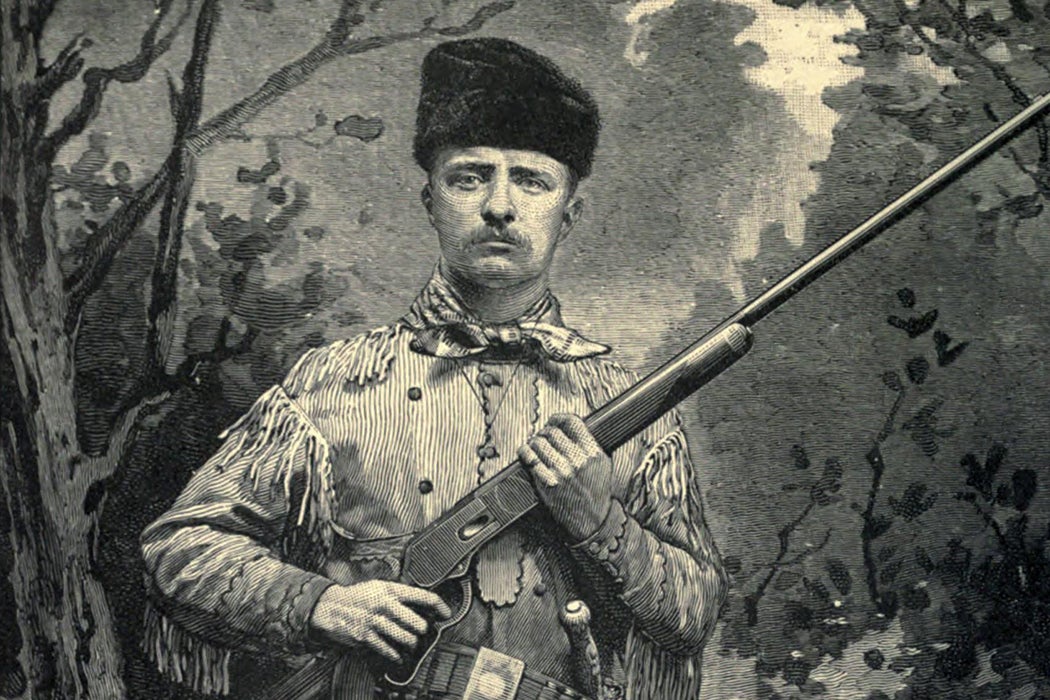If someone told you that Donald Trump is popular among hunters, would you think of his sons’ extravagant trophy hunting trips, or rural families that supplement their food budget with venison? Throughout American history, we’ve alternated between seeing hunting as an aristocratic sport, and seeing it as a symbol of democracy, as Daniel Justin Herman explains.
In the colonial period, hunting was important to white settlers, but was not necessarily a celebrated part of their culture. It was farming, not hunting, that defined their ideal self-sufficient citizen. That provided a convenient justification for taking land from Native nations, which “ostensibly made no use of their lands” because they hunted rather than farmed.
“Hence, white men who seemed too much like Indians—men who made hunting into a way of life rather than an occasional diversion from the real work of farming—often received contempt for their efforts,” Herman writes.
Things changed in the Jacksonian era, as Americans began moving to cities or traveling west. Daniel Boone, with his flintlock rifle, became a cultural hero, a restless man for a restless nation. By the end of the nineteenth century, though, “pot hunting” fell into disrepute while sport hunting became a hobby of the wealthy. In Europe, the hunt had been an aristocratic privilege for centuries, and in this era of rising inequality many upper-class Americans admired landed English families. Imitating the British, they created sprawling big-game parks.
As populist sentiment spread among American farmers in the late nineteenth century, Herman notes, their anger at plutocrats extended to wealthy hunters. Farmers furiously drove off “sportsmen” who wandered onto their land. Some members of the hoi polloi even snuck in to private reserves to poach game or set fires. In 1889, Forest and Stream reported that one club made up of Chicago businessmen and prominent professionals hired Pinkerton guards to “grab these rough fellows, pound them up, throw them in the river, confiscate their guns [and] smash their boats.”
Worried that hunting might become confined to the private parks, Theodore Roosevelt and his fellow Progressives helped establish public lands, particularly in the west. But Herman notes that this wasn’t entirely a move for the good of the common man. In fact, national parks transformed “local commons,” used by subsistence hunters including Native people and poor people of all races, into playgrounds for elites traveling from the cities. And, as the twentieth century began, new requirements for hunting licenses, along with hunting seasons and bag limits, made pot hunting a legally dubious business.
Weekly Digest
After World War I, a new shift toward democratic norms took hold and the category of “sportsman” broadened. The price of guns dropped, and hunting magazines targeted a wider readership. By the end of World War II, a quarter of adult men in the U.S. had hunting licenses.
In our own new Gilded Age, it’s worth asking what the big game hunters have in common with people who hunt to put some extra meat on the table.







